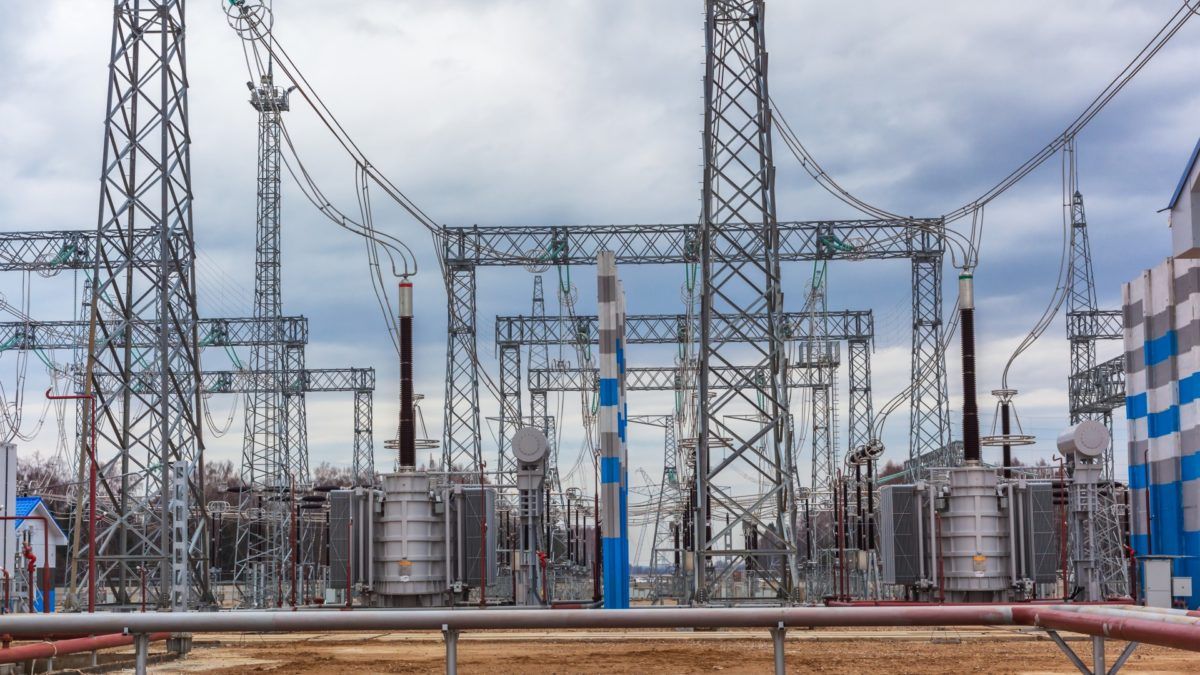A Coordinated Electric System Interconnection Review—the utility’s deep-dive on technical and cost impacts of your project.
Challenge: Frequent false tripping using conventional electromechanical relays
Solution: SEL-487E integration with multi-terminal differential protection and dynamic inrush restraint
Result: 90% reduction in false trips, saving over $250,000 in downtime
How Can Renewable Power Plants Prevent Electrical Grid Failures?
December 18, 2024|Blog

As the world shifts toward a cleaner energy future, renewable power plants have emerged as a cornerstone of sustainable electricity generation. However, integrating these resources into the grid introduces unique challenges. Preventing electrical grid failure requires robust planning, advanced technology, and adherence to regulatory standards, such as those outlined by the North American Electric Reliability Corporation (NERC).
The Challenges of Electrical Grid Reliability in a Renewable Energy Era
The electrical grid is a vast and complex system designed to balance power supply with demand in real time. Traditional grids, built around fossil fuel plants, face significant adaptation challenges with the influx of renewables. Here are some key challenges that renewable energy introduces to grid reliability:
- 1.Intermittency: Solar and wind power are weather-dependent, leading to fluctuations in energy generation.
- 2.Distributed Generation: Renewables like rooftop solar often operate at smaller scales, requiring more coordination.
- 3.Increased Complexity: Renewable plants require advanced grid management systems to integrate seamlessly with traditional power sources.
- 4.Energy Storage Needs: To compensate for intermittency, effective storage solutions are necessary to maintain a consistent power supply.
Leveraging NERC Standards to Enhance Grid Reliability
NERC’s Operation and Planning Standards provide a crucial framework for maintaining grid reliability. These standards focus on two critical aspects: operational and planning measures, ensuring that the bulk power system operates efficiently and is prepared for future demands.
Key NERC Standards for Renewables
- BAL (Balancing): Ensures that supply and demand are balanced, reducing the likelihood of electrical grid failure.
- VAR (Voltage and Reactive Control): Manages voltage levels and reactive power to maintain system stability.
- PRC (Protection and Control): Implements protocols for system protection, fault response, and power system controls.
By aligning renewable power plants with these standards, utilities can integrate intermittent sources like wind and solar while preserving grid stability.
How Renewable Power Plants Prevent Electrical Grid Failures
Advanced Forecasting for Power Generation
Renewable power plants leverage sophisticated weather prediction models to anticipate fluctuations in energy production. These forecasts allow grid operators to balance energy supply with demand, minimizing the risks of outages.
Grid-Scale Energy Storage
Energy storage technologies, such as batteries and pumped hydro storage, play a vital role in stabilizing the grid. By storing excess energy during periods of high generation and releasing it during peak demand, these systems smooth out the intermittency of renewables.
Demand Response Integration
Renewable power plants often collaborate with demand response programs, where consumers adjust their energy usage in response to grid conditions. This collaboration helps alleviate stress on the grid during high-demand periods.
Smart Grid Technology
Smart grids enable two-way communication between power plants, grid operators, and end-users. By integrating real-time data analytics, these systems optimize energy flow, improve fault detection, and enhance grid resilience.
Enhanced System Redundancy
Renewables contribute to grid redundancy by diversifying energy sources. Unlike traditional systems reliant on a few large power plants, renewable grids distribute generation across multiple locations, reducing the impact of localized failures.
Innovations in Renewable Integration
As renewable energy becomes more prevalent, innovative solutions are emerging to enhance grid reliability. These include:
Virtual Power Plants (VPPs)
VPPs aggregate energy from various renewable sources to act as a single power plant. This model simplifies grid management and maximizes renewable utilization.
Hybrid Systems
Combining renewable energy with conventional sources or other renewables (e.g., wind and solar) creates hybrid systems that deliver consistent power output.
Dynamic Line Rating
This technology allows grid operators to adjust transmission line capacity based on real-time conditions, enabling more efficient use of existing infrastructure.
The Role of Compliance in Grid Stability
Adherence to NERC standards ensures that renewable power plants operate within a reliability framework. NERC’s regular audits, compliance monitoring, and training programs promote accountability and operational excellence. These measures are vital for renewable operators to align with industry best practices and regulatory requirements.
The Future of Renewable Power and Grid Resilience
The energy landscape is evolving, with increased reliance on renewable sources and advanced technologies. Key trends shaping the future include:
- Incorporation of Distributed Energy Resources (DERs): DERs, like rooftop solar and community wind projects, provide localized generation, enhancing resilience.
- Cybersecurity Enhancements: Protecting grid infrastructure from cyber threats becomes critical as more digital technologies are integrated.
- Real-Time Data Analytics: Advanced analytics will allow for faster identification and resolution of grid issues, minimizing disruptions.
- These innovations will play a crucial role in mitigating electrical grid failure and ensuring a sustainable energy future.
Partner with Keentel Engineering for Reliable Power Systems
Preventing electrical grid failure in a renewable-powered future demands expertise, foresight, and innovation. At Keentel Engineering, we specialize in designing and implementing power systems that integrate seamlessly with renewable energy sources while meeting the highest standards of reliability and compliance.
With over two decades of experience, Keentel Engineering is your trusted partner for utility system planning, design, control, and analysis. Our innovative solutions empower businesses to overcome challenges and harness the full potential of renewable energy. Partner with us to learn more about how we can support your power system needs and take your business to new heights.

About the Author:
Sonny Patel P.E. EC
IEEE Senior Member
In 1995, Sandip (Sonny) R. Patel earned his Electrical Engineering degree from the University of Illinois, specializing in Electrical Engineering . But degrees don’t build legacies—action does. For three decades, he’s been shaping the future of engineering, not just as a licensed Professional Engineer across multiple states (Florida, California, New York, West Virginia, and Minnesota), but as a doer. A builder. A leader. Not just an engineer. A Licensed Electrical Contractor in Florida with an Unlimited EC license. Not just an executive. The founder and CEO of KEENTEL LLC—where expertise meets execution. Three decades. Multiple states. Endless impact.
Services

Let's Discuss Your Project
Let's book a call to discuss your electrical engineering project that we can help you with.

About the Author:
Sonny Patel P.E. EC
IEEE Senior Member
In 1995, Sandip (Sonny) R. Patel earned his Electrical Engineering degree from the University of Illinois, specializing in Electrical Engineering . But degrees don’t build legacies—action does. For three decades, he’s been shaping the future of engineering, not just as a licensed Professional Engineer across multiple states (Florida, California, New York, West Virginia, and Minnesota), but as a doer. A builder. A leader. Not just an engineer. A Licensed Electrical Contractor in Florida with an Unlimited EC license. Not just an executive. The founder and CEO of KEENTEL LLC—where expertise meets execution. Three decades. Multiple states. Endless impact.
Leave a Comment
We will get back to you as soon as possible.
Please try again later.
Related Posts














